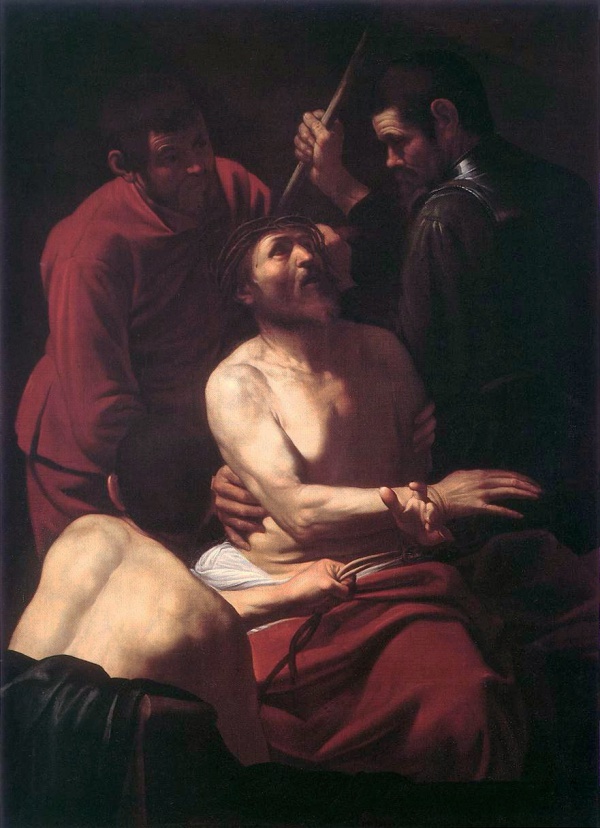Facts About The Crowning with Thorns I
Caravaggio's "The Crowning with Thorns" is the subject of two notable paintings by the renowned Italian artist. The first version, believed to have been created around 1604–1605, is housed in the Cassa di Risparmio e Depositi at Palazzo degli Alberti in Prato. However, there is some debate regarding the definitive attribution of this piece to Caravaggio.
On June 25, 1605, Caravaggio signed a contract to paint another version of Christ's crowning, similar to the one he had already completed. The exact date of this second painting remains uncertain, but the figure of Christ in it appears to be influenced by Rubens' altarpiece in the Church of Santa Croce in Gerusalemme, Rome, which was completed in April 1602.
Both paintings were commissioned by Massimo Massimi, a wealthy financier and art collector who had connections to Caravaggio's patron, Marquis Vincenzo Giustiniani. Caravaggio's style in these works reflects the influence of artists like Rubens and Titian, while also echoing the symmetrical compositions of 15th-century painters such as Hieronymus Bosch.
What stands out in Caravaggio's depiction is the restrained gestures of the figures, which draw the viewer's focus to Christ. Despite the torment he endures, Christ is portrayed with a sense of forgiveness, offering a powerful contrast to the actions of his tormentors.

 Vatican
Vatican